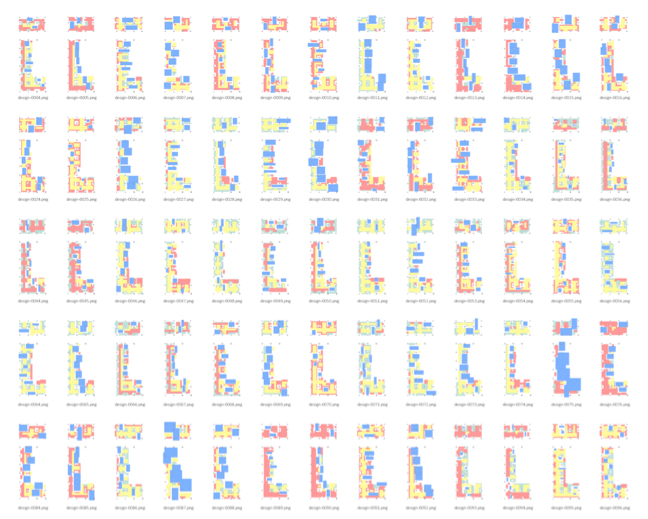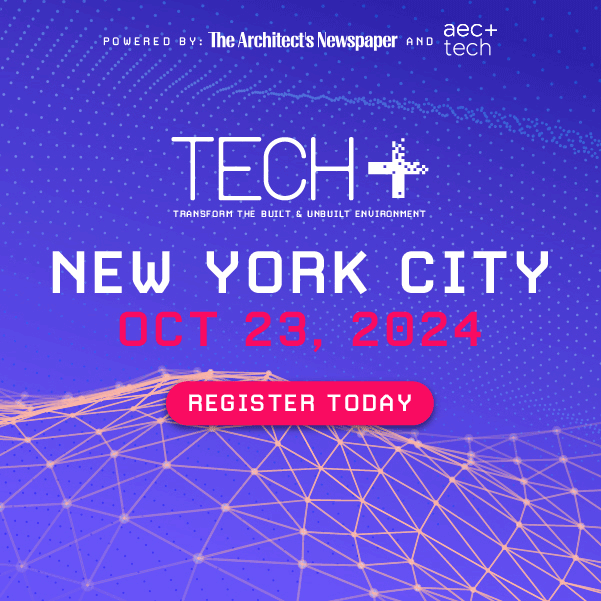
This is the fourth column of “Practice Values,” a bi-monthly series by architect and technologist Phil Bernstein. The column focuses on the evolving role of the architect at the intersection of design and construction, including subjects such as alternative delivery systems and value generation. Bernstein was formerly vice president at Autodesk and now teaches at the Yale School of Architecture.
In my last column I explored the potential impacts of next-generation technology—particularly machine intelligence (also known as artificial intelligence or AI) and crowd-sourced knowledge—on the hegemony of professionalism for architects. This question was recently explored further by Daniel Susskind, one of the authors of an Oxford study published in a RIBA journal article entitled “The Way We’ll Work Tomorrow”—which suggested that modern knowledge work, like much of that performed by architects today, should be considered not so much as “by job” as “by task,” and that many of those tasks are likely to be automated in the future. Professions exist to systematize expertise and, by extension, control access to it. Computation democratizes access to that expertise by digitizing and distributing it, but does this lead to an inevitable decline for the need for professionals themselves?
Like manufacturing workers in the 20th century, knowledge workers are likely to be “de-skilled” in the 21st, as routine, transactional, and analytical tasks are performed by machine-learning algorithms referencing big data sources, and the need for human abilities for those same chores is eliminated. Just as CAD rendered my once-fearsome hand-drafting skills mostly irrelevant, expert systems may do the same with today’s expertise in, say, cost estimating or construction documentation. Even though architectural design writ large is a profoundly creative act, the more prosaic components—preparing schedules, measuring and calculating, even evaluating performance characteristics like safety or zoning conformance—comprise a sizable portion of the architect’s fee. Production tasks connected to technical documentation alone (think CD phase work) can be as much as 40 percent of compensation on a project. Once this stuff gets automated, will there be much less work, and will we need far fewer architects? Perhaps—unless we find alternate strategies for demonstrating the value of our efforts.
Oxford’s Susskind suggests that while the “job of an architect” may be profoundly transformed with technology, the profession should reconsider some of our critical tasks in response. If design processes will inevitably be augmented by computation, we might control our destiny by taking on the problem of creating the resulting computational platforms: engineering knowledge systems and structures, developing workflow protocols for analysis and evaluation, and designing new systems from which design itself can spring. In some sense, this is meta-design—not unlike the work we’ve seen since the advent of BIM that required technology-implementation plans, data standards, and integrated multidisciplinary information flows. Cutting-edge design firms rely heavily on scripts and so-called “generative design” techniques, and what Susskind recommends here is a logical extension of that strategy that augments (rather than replaces) the capabilities of designers.
Of course, the same technologies that might appear to be threats to our autonomy as architects could, jujitsu-style, be turned into opportunities. Susskind suggests that automation offers the immediate benefit of making routine activities more efficient; perhaps repurposing those newly found hours means more time to improve design. He further recommends that our knowledge and influence could be magnified via consortia of digitally connected professionals, what he calls “communities of expertise” where the sum is far greater than the individual parts.
Author and Harvard architecture professor Peter Rowe once described the design process as dependent upon heuristic reasoning, since all design challenges are complex and somewhat open-ended with ambiguous definitions and indeterminate endpoints, borrowing from sociologist Horst Rittel who characterized these as “wicked problems.” Computers themselves aren’t, at least today, particularly good at heuristics or solving wicked problems, but they are increasingly capable of attacking the “tame” ones, especially those that require the management of complex, interconnected quantitative variables like sustainable performance, construction logistics, and cost estimations. And since clients have a strong interest in seeing those things done well, why not lean into the chance to complement heuristics with some help with the tame, and leverage the resulting value as a result?
That architects are so well-suited to the challenges of the wicked problem bodes well for us in the so-called “Second Machine Age,” when machines don’t just do things we program them to do, but can learn how to do new things themselves. The essential value of architects as professionals who can understand and evaluate a problem and synthesize unique and insightful solutions will likely remain unchallenged by our computer counterparts in the near future, an argument supported by a 2013 study of job computerization (again, at Oxford) that suggested that “occupations that involve complex perception and manipulation tasks, creative intelligence tasks, and social intelligence tasks are unlikely to be substituted by computer capital over the next decade or two.” Rather than rely upon this vaguely comforting conclusion, our profession must embrace and attack the wicked problem of the future of architecture and computational design and control the future of our profession accordingly. We’ll face far more opportunities than threats from computation if we can.



